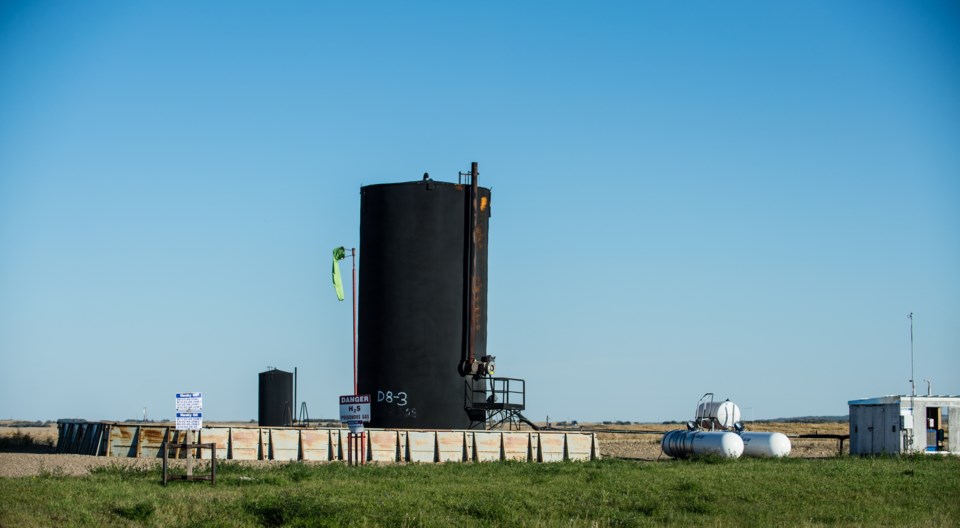Calgary – Husky Energy’s continued shift from cold heavy oil production with sand (CHOPS) to thermal production in the Lloydminster region was laid out in the company’s Dec. 13 conference call outlining its 2017 capital expenditures.
At the very end of the call CEO Rob Peabody laid out a little nugget with regards to the company’s thoughts on CHOPS.
Asked about how the company will deal with increasing operating costs as oil prices go up, Peabody spoke about how the company’s shift towards thermal projects, and away from CHOPS, is key.
A journalist inquired about how they will keep their costs low if activity levels across the basin pick up next year. Peabody said, “I think the main thing is that the majority of the work we’ve done in driving our costs down over the past six-plus years is structural, as opposed to just driven through procurement. While we’ve realized a lot of procurement savings, it’s more moving to projects with lower F&D costs and lower operating costs.
“The most extremely good example of that is in heavy oil, where the majority of our production used to come from CHOPS, or cold heavy oil production with sand, and we’ve moved that to thermal. In doing that, we’ve moved our F&D, or finding and development costs. Where they were sitting in the range of the upper $20 a barrel in F&D costs, we’ve moved that down to about $12 a barrel in terms of F&D costs.
“And our operating costs that were approaching $20 a barrel. We’ve moved that to under $10 a barrel. In both cases, we’ve done kind of a 50 per cent-plus cost reduction. That has nothing to do with procurement. That has to do with the technology we’re deploying in developing that oil.
“We’re doing the same sort of things in Western Canada by moving to resource plays where we’re able to use this manufacturing approach to production.
“I absolutely anticipate we will see cost pressure as prices go up, because I do think the service industry is, on balance, in aggregate, under water at the moment. I think we’ll be in a good position to be on the right side of the curve, because most of these have been structural cost savings.”
Peabody’s statements have been borne out by the company’s usage of drilling rigs in the Lloydminster region over the last two years, and especially over 2016. Their rig usage, as indicated by Rig Locator (www.riglocator.ca), has been greatly reduced compared to previous years, during the boom. Typically in the last year they would have just one or two drilling rigs working in the Lloydminster area, usually on SAGD projects near Edam. There have been very few new wells drilled by Husky in CHOPS production areas.
Yet in the same call, Peabody noted Husky has now identified 18 new thermal sites capable of producing 10,000 barrels per day, and is moving to develop three of them.¬Ý




